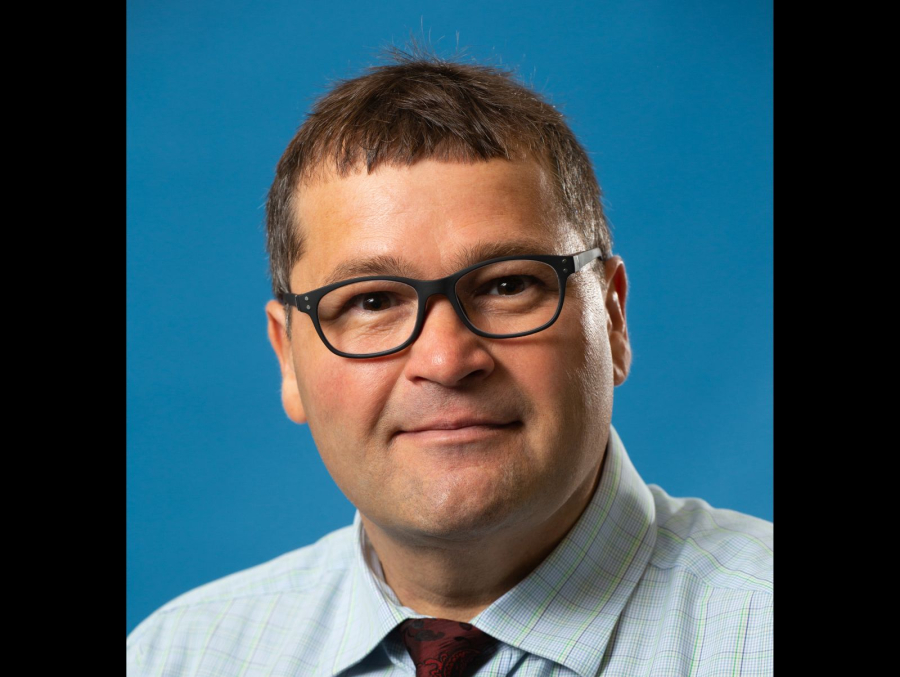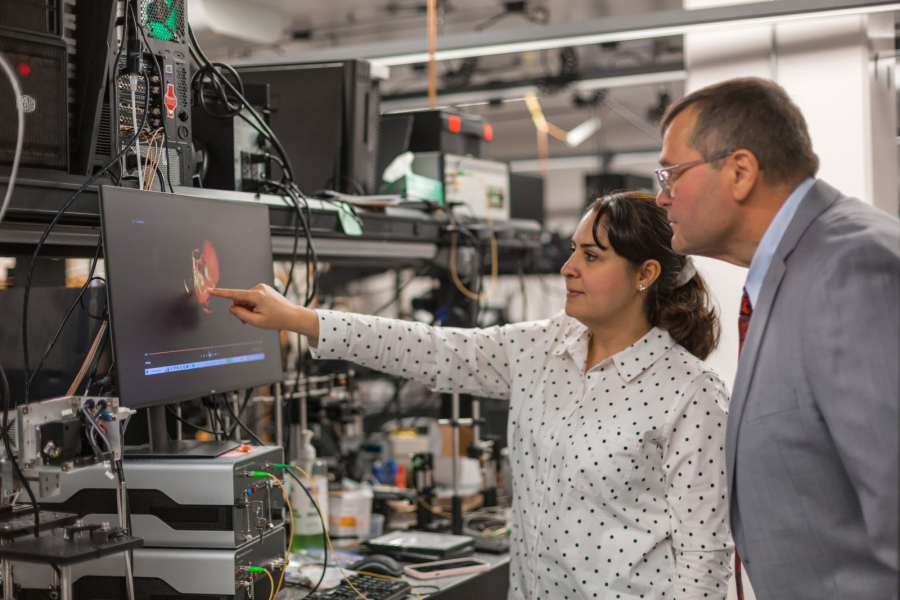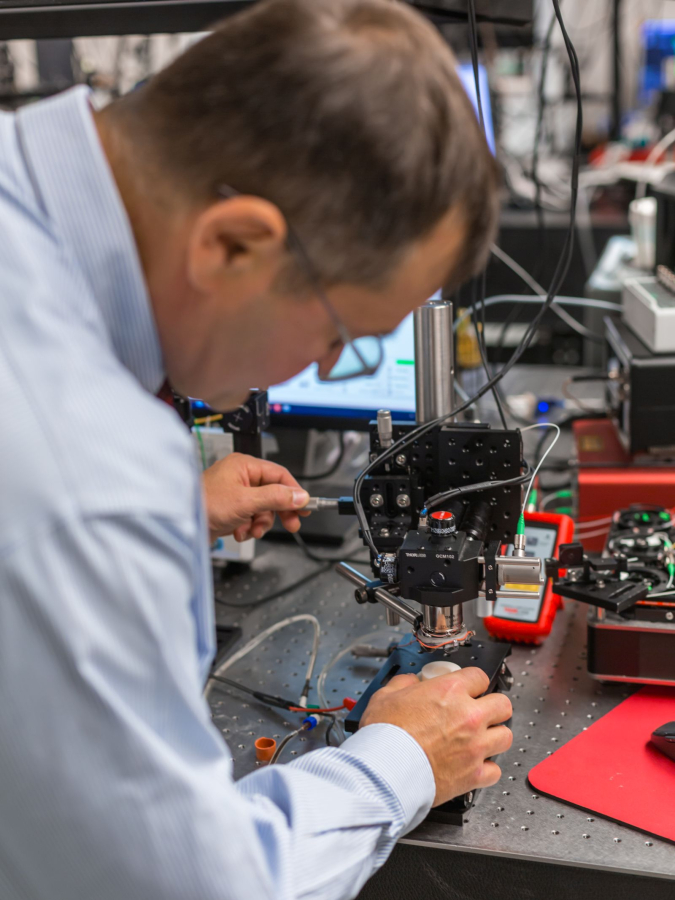Kirill Larin, Cullen Endowed Professor and the interim Chairman of the Biomedical Engineering Department at the University of Houston’s Cullen College of Engineering, is the recipient of the 2025 SPIE Biophotonics Technology Innovator Award.
SPIE is the international society for optics and photonics, with more than 258,000 constituents worldwide. Larin is the first professor from the University of Houston to win this prestigious award, which dates back to 2013.
“I am deeply honored and humbled to receive the SPIE Biophotonics Technology Innovator Award,” Larin said. “Being placed among the distinguished scientists who have shaped the landscape of biophotonics in the past decade is a profound privilege.”
According to the press release from SPIE, Larin was recognized for his research into developing optical methods for structural and functional imaging of various tissues, cells and organs. Recently, he has received multiple grants totaling more than $6 million to develop high-resolution imaging platforms for fetal brains and corneas.
“I have known Kirill for over 20 years,” said the University of Arizona’s Thomas R. Brown Distinguished Chair, BIO5 Institute Director and 2025 SPIE Immediate Past President Jennifer Barton. “Looking back, I believe I first met him when he received a student award for his presentation at the 2001 SPIE OPTO Southwest conference in Tucson, which I was co-chairing. Kirill’s work at the time in non-invasive glucose monitoring was novel and impressive in its ability to quantify weak optical signals in tissue, while accounting for many confounders.”
“I have followed his work avidly since then. What I personally admire about Kirill is his collaborative spirit and ability to see the big picture. Unlike some technology developers, he is not – well, at least not only – enamored with technology for its inherent appeal. He has many collaborators, because he is one of those technical experts who understands the importance of innovating for a reason, working with physicians and scientists to create the techniques and tools that will truly create impact.”
“Also, while he is working on several applications, Kirill has the focus and energy to make tremendous advances and take these innovations to clinical translation, a lengthy and sometimes tedious process. Kirill is broadly admired and liked in the community. Much of this comes from his friendly, open demeanor, and also from his love of teaching. At his home institution of University of Houston, he has been honored for his undergraduate mentoring. Overall, Kirill’s imaginative mind and dedication to clinical translation and its critical impact make him an inspiring and compassionate leader, and a pillar of the biophotonics community.”
Larin, an SPIE Fellow, is a founding chair of the SPIE Optical Elastography and Tissue Biomechanics conference, which has run as part of BiOS for more than a decade. He is also a frequent contributor to SPIE’s Journal of Biomedical Optics.
His very first publication with SPIE, a conference proceedings paper, was published in 1995 when Larin was an undergraduate student. Since then, he has given more than 100 keynote, plenary, and invited talks at international conferences, and his research has been highlighted in outlets such as The Washington Post, Popular Mechanics, the Houston Business Journal, PBS radio, and the Discovery Channel.
Larin holds 10 patents related to optical elastography and sensing. One of his patents is currently licensed by a startup company, ElastEye, which is developing OCE systems for biomechanical evaluation of the eye, a product set to revolutionize the current diagnostics and treatment of several ophthalmological diseases.
At Cullen, Larin heads the Biomedical Optics Laboratory. He leads several multidisciplinary research projects ranging from developmental biology to tissue biomechanics. Larin’s research activities are currently funded by five NIH R01 grants, and expenditures have surpassed $2 million annually for the past several years. Not surprisingly, Larin was recognized as the University’s top research-producing faculty in 2022 and 2023.
“I would like to extend my thanks to my students, postdocs, and research faculty. Their tireless efforts, innovative ideas, and unwavering support have been instrumental in achieving this milestone,” he said. “Also, special thanks go to my long-term collaborators, Drs. Irina Larina (having the title not only the longest collaborator but also the spouse), Michael Twa, Rajesh Miranda, David Mayerich, Fabrice Manns, Giuliano Scarcelli and Richard Finnell, just to name a few, who frequently challenge me to think outside the box to tackle specific biological, medical or technological problem.”
For more information about Larin’s lab, visit its website.

![Larin [right] in the lab. Larin [right] in the lab.](/sites/ccoe.egr.uh.edu/files/images/news/2025/rigs7286-pick-crop-01.jpg)

